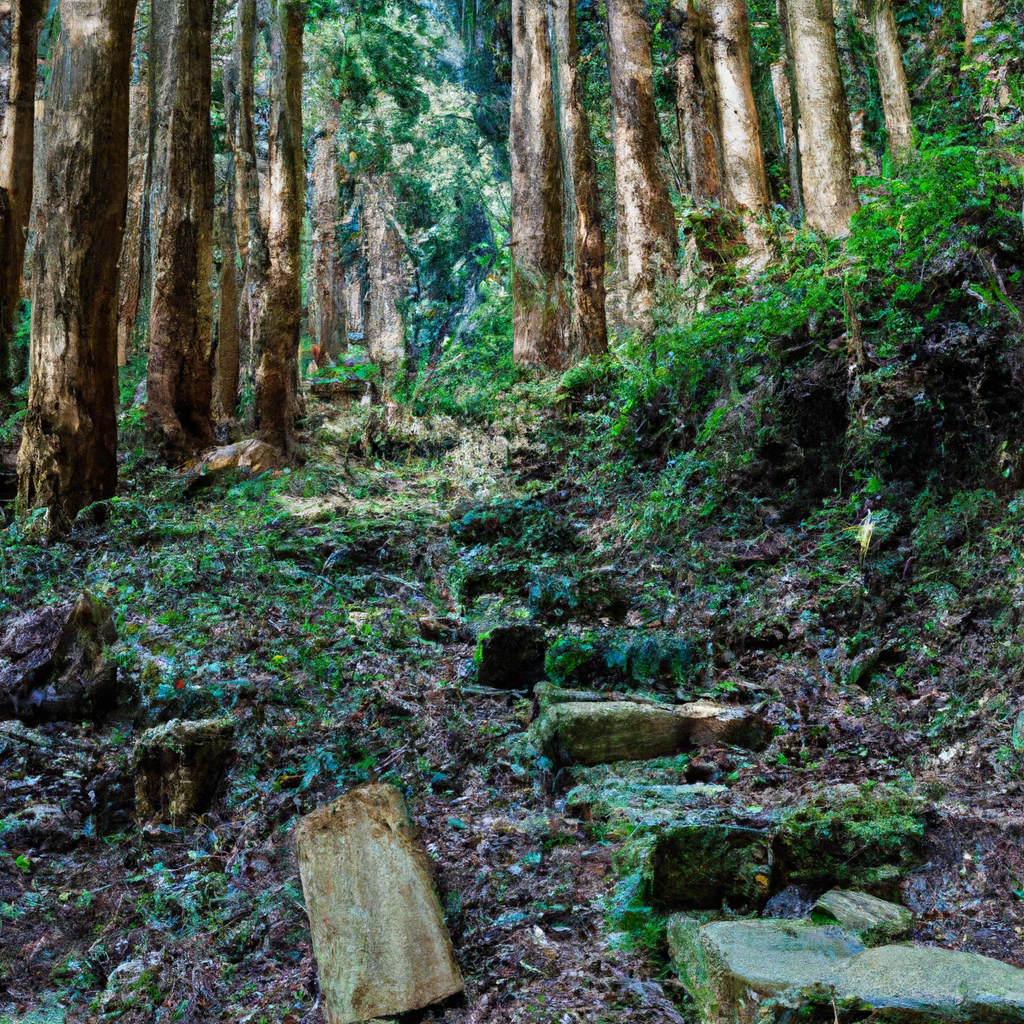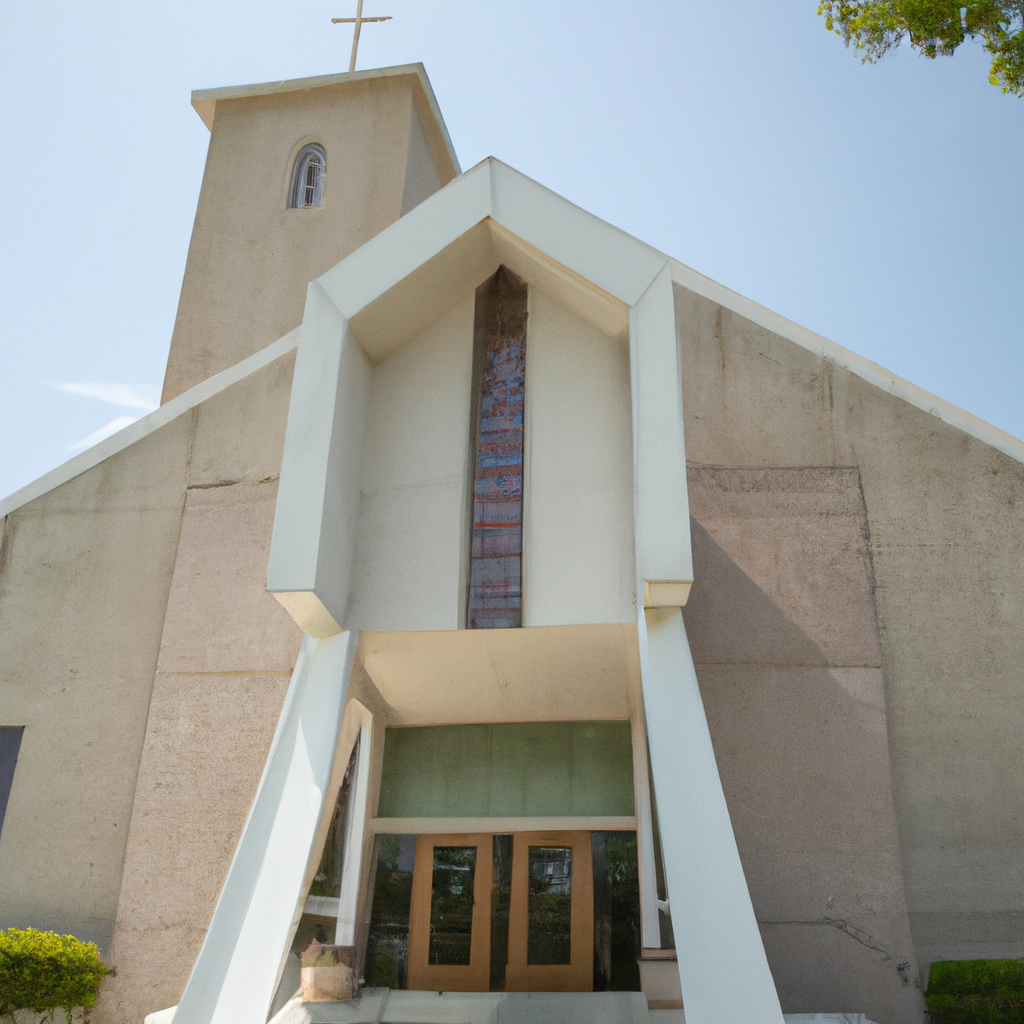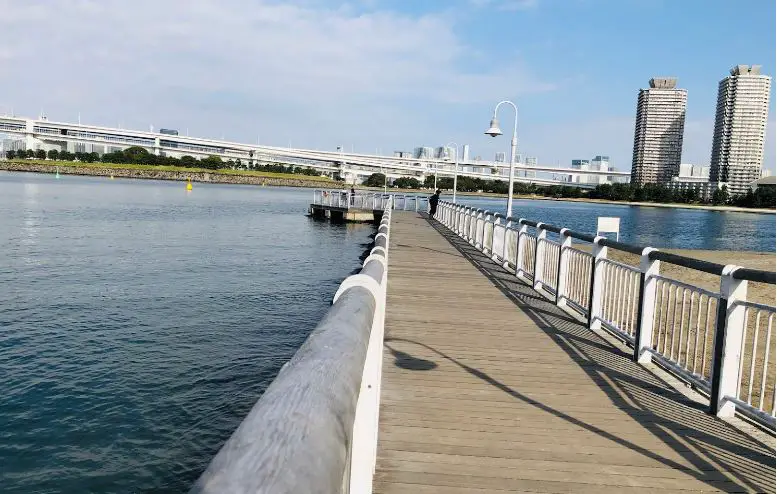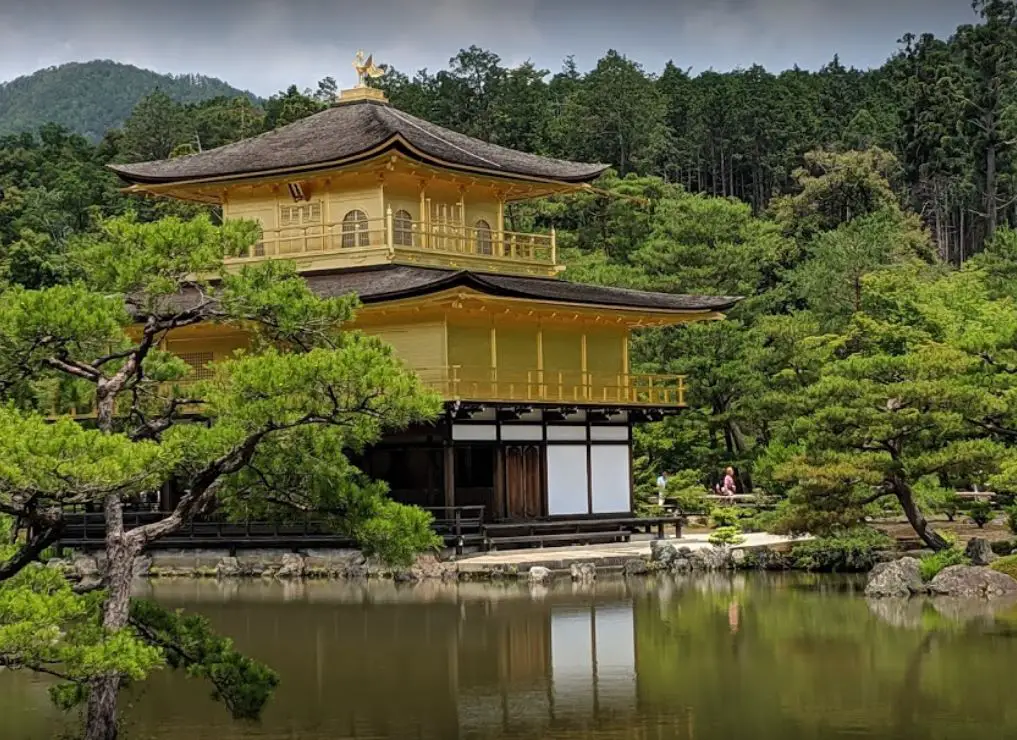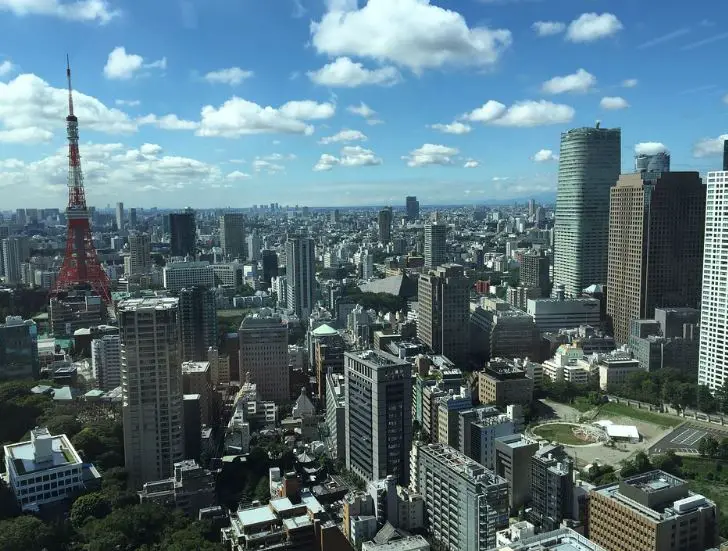Kumano Kodo Pilgrimage Routes In Japan: Overview,Prominent Features,History,Interesting facts
Overview:
: The Kumano Kodo pilgrimage routes in Japan are a collection of ancient paths leading to the sacred mountains of the Kii Peninsula. These pilgrimage routes are among the most important in Japan, and have been used since the Heian Period (794-1185) as places of worship for pilgrims seeking blessings from the gods. The routes lead to three grand shrines—Kumano Sanzan—which are collectively known as Kumano’s Grand Shrines. Those who take the journey, known as Kumano Kodo navigators, are part of the larger community of the Kumano faith, which centers around belief in the power of nature and her spiritual presence. Pilgrims taking the Kumano Kodo route are invited to use their senses to feel the presence of the gods, embrace the spiritual nature of the environment, and respect the land itself as they make their pilgrimage along the winding paths. It is one of the most beautiful monuments in Japan
Prominent Features:
is known for its laid-back atmosphere and stunningly beautiful atmosphere. It is a UNESCO World Heritage Site composed of multiple trails, traversing Japan’s rugged terrain and forests. These routes were created during the Heian period as the spiritual and cultural pilgrimage routes for travelers in search for divine enlightenment. The Kumano Kodo Pilgrimage Trails offer outdoor enthusiasts and spiritual seekers an unforgettable journey through the remote and rural mountains of Japan. The trails in the Kumano Kodo pilgrimage networks are considered by many experts to be the most beautiful and serene trails in Japan. Notable features of the trails include ancient shrines, buddhist temples, scenic mountain viewpoints, lush forests, rivers, valleys, and waterfalls. Along the trails one will find accommodations from traditional ryokans to hostels. The Kumano Kodo pilgrimage experience is suitable for all types of travelers. Visitors can leisurely explore Japan’s prefectures and gain a unique insight into the culture, faith, and beauty of Japan. The most prominent pilgrimage routes are Kumano Sanzan, Koyasan, and the Ise Jingu pathways. By taking on the Kumano Kodo pilgrimage, travelers can expect to be rewarded with soul-stirring scenes, rich cultural offerings, and a wealth of spiritual experiences. You can learn history, culture, and heritage through these magnificent monuments in Japan.
History:
The Kumano Kodo Pilgrimage Routes, located in the Kii Province of Japan, are a network of ancient pilgrimage routes that are part of a larger complex of trails known as the Kii Mountain Range. This complex of routes has been used for centuries and has been a significant part of both Buddhist and Shinto religious practices in the region. The Kumano Kodo Pilgrimage Routes are believed to date back to the 10th century in Japan and were first used by pilgrims following the teachings of Kobo Daishi, the founder of the Shingon sect of Buddhism. This type of pilgrimage, known as Henro, was a popular form of spiritual practice in Japan and was very popular during the Heian Era (794-1185). During this period, the three Grand Shrines of Kii Peninsula, known as Kumano Sanzan, were visited by pilgrims on the Kumano Kodo Pilgrimage Routes. In 2004, the Kumano Kodo Pilgrimage Routes were added to the UNESCO World Heritage List, in recognition of their historical and spiritual significance. Both the Japanese and foreign pilgrims are encouraged to come and take part in this spiritual experience. The routes are well-maintained and signposted, and visitors are able to enjoy the natural beauty of the region, as well as take part in some of the rituals of the pilgrimage. Today, the Kumano Kodo Pilgrimage Routes remain a popular pilgrimage route and are a reminder of the spiritual significance of the region. Thousands of visitors each year come to experience the peaceful atmosphere of the trails, as well as the natural beauty of the Kii Peninsula. Visit one of the famous monuments of Japan with your friends and family.
Interesting facts:
1. The Kumano Kodo pilgrimage routes connect the three Grand Shrines of Kumano, located on the forested Kii Peninsula - Kumano Hongu, Kumano Hayatama, and Kumano Nachi. 2. The routes were first developed more than 1,000 years ago as an ancient pilgrimage route for Buddhist monks and offerings for the three Grand Shrines of Kumano. 3. The Kumano Kodo pilgrimage routes have been designated as a UNESCO World Heritage Site in 2004. 4. The pilgrimage routes are still in use today, and hikers travel between the three Grand Shrines and other smaller shrines, temples and monuments along the way. 5. The routes follow ancient footpaths, and travelers can expect to encounter ancient shrines and pass through some of Japan’s most beautiful mountain scenery. 6. The main routes of the Kumano Kodo can be completed in 4-7 days and are divided into nine different paths. 7. Along the Kumano Kodo pilgrimage route, you can find hot springs, accommodation, and restaurants. 8. It is also said that the pilgrimage routes were used by the legendary samurai Miyamoto Musashi, who is said to have wandered across Japan in search of spiritual enlightenment. One of the historical monuments of Japan, it tells the story of a bygone era
Explore Japan most popular tourist destination with us. Kumano Kodo Pilgrimage Routes In Japan: Overview,Prominent Features,History,Interesting facts,which is 35.14 km away from Japan main town, is the most popular destination to add in your travel wishlist.
-
City:
Japan
-
state:
Mie, Wakayama, and Nara.
-
country:
JP
-
country code:
Japan
-
postcode:
6060301
Location:
Mie, Wakayama, and Nara. JP
